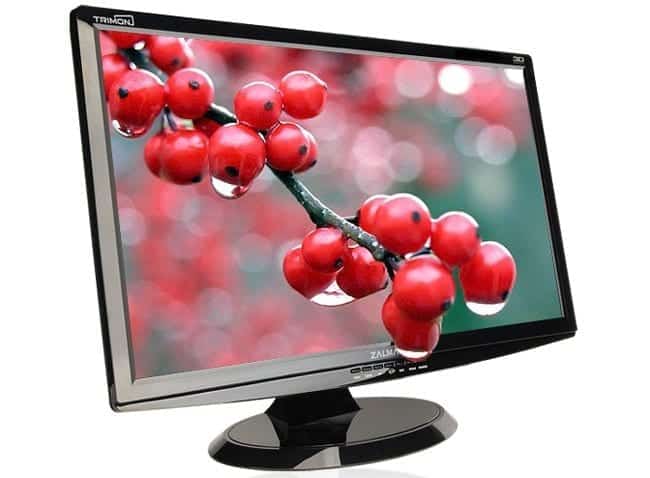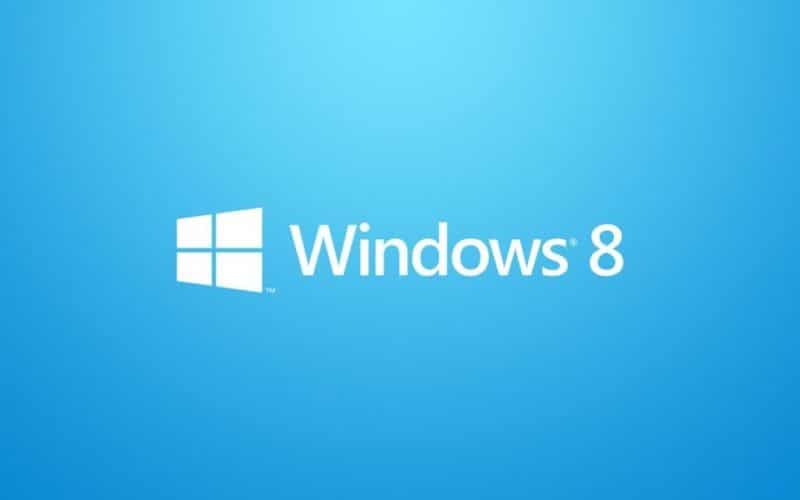In the market we can find a wide range of monitors of very different types, models, sizes, resolutions, panels, etc., but every time we get down to work, in the end we end up going half crazy and finally we don't even know where to start. For that reason, below we have prepared a series of tips for choosing a monitor with the aim of helping you in such an arduous decision.
Article Content
How to choose a monitor?
There are different aspects that must be taken into account to buy the right monitor, which we will explain below so that you can choose the one that best suits your needs.
Screen size
Obviously, one of the premises that we must consider before opting for one or another screen are the inches.
Inches are the measurement of the screen horizontally, and each inch is equal to 2,54 cm. That is, a 21” screen has a diagonal of 53,34 cm.
Regarding the size, the minimum What we will have to consider is 19”, although as long as we can, at least we will have to think 21”. We will find models of many sizes, and in large part, the larger the size the better, although other aspects such as resolution will have to be taken into account.
Screen resolution
When taking into account the resolution, we must consider that we will obtain two values, such as 1920 x 1080 px, which means that we will have a total of 1920 pixels horizontally and 1080 pixels vertically. This rating will also depend a lot on the size of the screen, since the larger it is, we will also have to look for a higher resolution to maintain quality. That is, a 19” screen with resolution Full HD (1080 vertically) will have magnificent quality, but if we have the same number of pixels For example, on a 42” screen, obviously the pixel will be larger, so the quality will worsen.
In essence, a minimum resolution What we should look for today would be 1920 x 1080, although we could lower it in the case of screens below 19”, since we would continue to maintain good quality.
monitor panel
Another aspect to consider is the type of panel. In this sense and by preference we will look for IPS, LED y LCD. IPS will give us the better result consuming much less. We will get some fantastic colors, we will prevent the light from hitting our eyes directly, so we will notice a less tiredness, and in general both sharpness such as vision angle They will be much better (among other advantages).
Above we would have PLS, although it is a fairly recent technology and at the moment perhaps somewhat expensive for most pockets (and only present in Samsung).
Monitor connections
Finally, another aspect that we must consider is the connections of our monitor. There are several types of connections different, so the ideal would be that we pay attention to the connections of our graphics card.
However, we should not worry too much in this regard, since if the connections do not match, we will have the possibility of using special adapters or cables that we can get for a few euros.
Despite this, we should always try to ensure that it has at least one entry HDMI, since it is the connection that we can use when we change computers (it is a digital input and offers the highest quality).
We can also count on a DisplayPort, which despite having somewhat less quality, we could place it in second position.
Later we have the tickets DVI which are also digital although they offer worse quality and, finally, the almost extinct ones VGA, which are not recommended since they tend to disappear.
If we have one VGA and one HDMI, no problem, since we are only going to use one of them. For example, VGA with an old computer, and we will switch to HDMI when we renew.
Response time
This is an important factor, especially if you are looking for a gaming monitor. Normally, response times vary between 5ms and 1ms. With a 5ms monitor you can play perfectly, but in shooter games you should buy one with a low refresh rate to have greater clarity. On the other hand, if you need a monitor to work, we recommend those that have a 12 ms response time.
Refresh rate
Nowadays, most monitors that you will find in offices have a refresh rate of 60 Hz. Actually, with this frequency you can work without problems, but for playing it falls a little short. Therefore, for gaming we would need at least a 144 Hz screen, which today are much cheaper than they were in the past.
What monitor to buy?
After showing you the different aspects that you should look at when buying a monitor, below we will show you the best one for gaming and another for everyday use.
The best gaming monitor: Asus ROG Strix XG279Q
Without a doubt, the Asus ROG Strix XG279Q It is the best gaming monitor that we can find today. In fact, some professional players are integrating this peripheral into their setup. The most notable features are the following:
- 170 Hz refresh rate.
- 1 ms response.
- 27-inch screen with fastips technology.
- G-Sync certification.
In short, it is the perfect monitor for those people who want to take the world of esports seriously. Furthermore, thanks to the fastips they have managed to offer never-before-seen clarity.
The best everyday monitor
Are you looking for a monitor to work with? So, Lenovo C24-25 is what you are looking for. And, choosing a monitor is an arduous task, since there are hundreds on the market. But this Lenovo model is perfect, since we can purchase it for only €98. The most notable features are the following:
- 75 Hz refresh rate.
- 4ms response.
- VGA and HDMI connectors.
- 23-inch screen with TUV Low Blue Light technology.
Finally, highlight the previously mentioned technology, which aims to take care of our eyesight to endure the work day.
Industrial Engineering student and lover of writing and technology, for several years I have participated in various pages with the aim of always keeping myself informed of the latest trends and contributing my grain of sand in this immense dissemination network that we know as the Internet.






